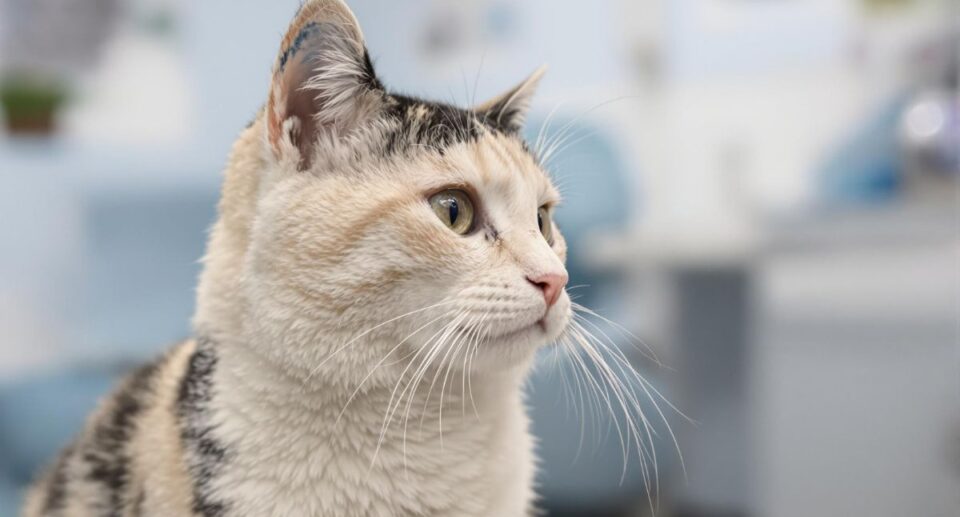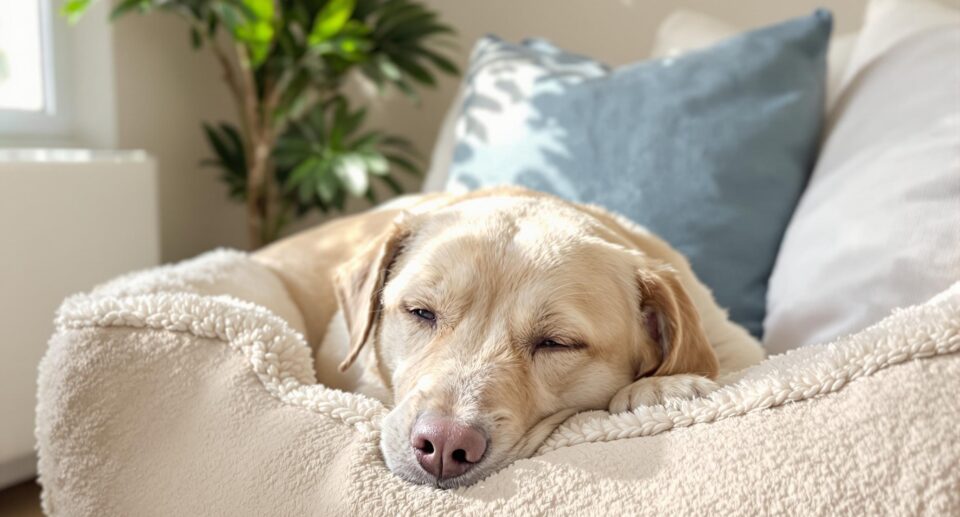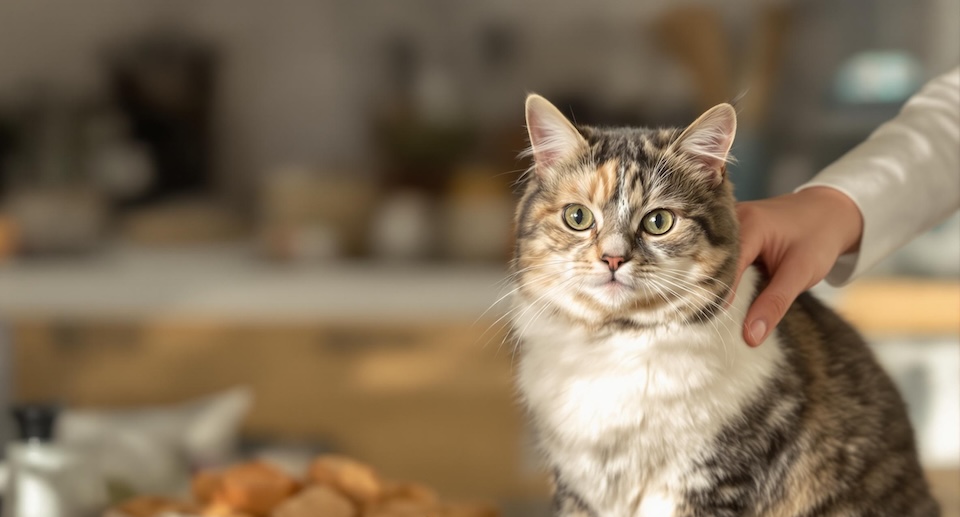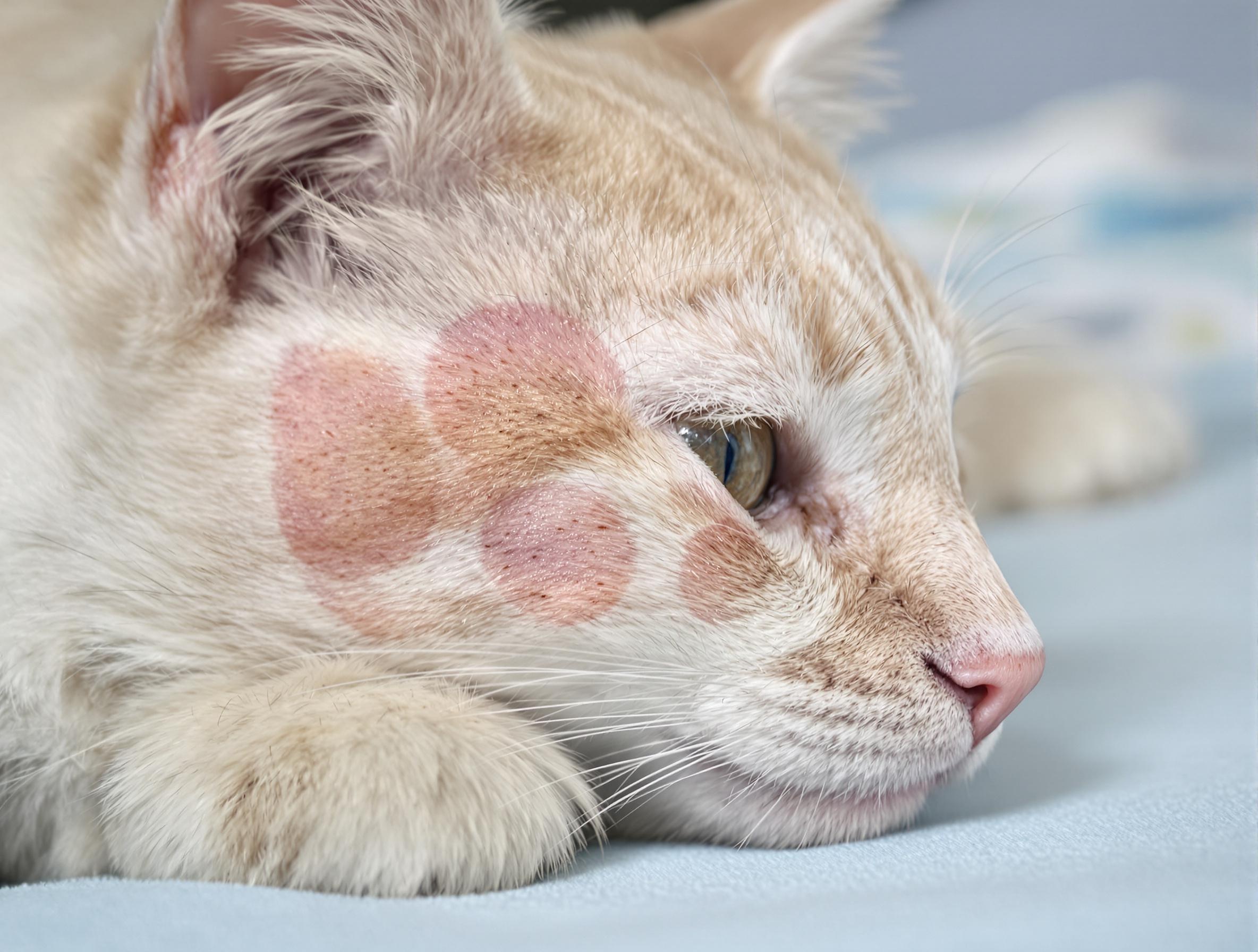
Key takeaways:
- Most cats recover from a spay surgery within 10–14 days, but the first 48 hours are critical for rest and monitoring.
- Mild side effects like sleepiness or appetite changes are normal, but signs of infection should be taken seriously.
- Creating a calm, clean recovery space and using the cone consistently can help prevent complications and promote healing.
A spay procedure is quick and safe, but recovery requires attention and care. Your cat will need time to rest, heal, and adjust after surgery. Knowing how to support your pet during those early days can prevent stress and avoid setbacks.
At PetHealthMD, we believe good care doesn’t stop when you leave the vet’s office. This guide gives you a clear view of the recovery process, complete with helpful tips and answers to common concerns. With the right approach, you can help your cat feel better quickly.
What Spaying Is and Why It Matters
Spaying your female cat means she won’t go through heat cycles or be able to reproduce. The procedure removes her ovaries and usually her uterus under general anesthesia by a veterinarian. Most cats recover quickly when given proper care and a calm space to rest.
This surgery has real health benefits. Spayed cats are less likely to develop certain reproductive cancers and are completely protected from pyometra, a potentially life-threatening uterine infection. It can also improve behavior, making your cat calmer and less prone to vocalizing or marking.
Spaying also helps reduce stray and unwanted litters, lessening the strain on local shelters and improving the well-being of the cat community. It’s a responsible and compassionate choice for pet owners.
What to Expect Right After Your Cat’s Spay Surgery
The first 24 hours after surgery are the most critical for your cat’s comfort and safety. Here’s what you can expect:
- Drowsiness or extra sleep: Your cat may be wobbly or tired after coming home. This is normal and usually fades within a day.
- Mild appetite loss: Cats may skip meals or eat less at first. Offer small portions and fresh water—most cats eat again within 12–24 hours.
- Slight swelling or redness: Minor puffiness near the incision is expected as long as it doesn’t worsen.
- Low energy or hiding behavior: Many cats prefer quiet solitude while recovering.
- Mild vocalization: Some cats meow more due to disorientation or discomfort.
Keep things calm, check the incision gently, and avoid overstimulation. Most cats perk up within a day or two.
Helping Your Cat Recover Comfortably at Home
Once the first day is behind you, focus on keeping your cat’s recovery consistent and stress-free.
- Set up a quiet space: Choose a peaceful area away from noise and other pets.
- Limit activity: Prevent jumping, climbing, or rough play for at least 10–14 days.
- Stick to routine feeding: Small, regular meals help digestion and comfort.
- Check the incision daily: Look for redness, swelling, or discharge.
- Keep the litter box close: Make sure it’s easy to access without stairs or jumps.
For additional recovery support, explore cat first aid and recovery products. Creating a clean, cozy environment helps your cat feel secure while she heals.
Know the Signs of Infection
Even with proper care, infections can occur. Contact your vet if you notice:
- Increased swelling or redness after the first two days
- Discharge from the incision (yellow, green, or bloody)
- The incision opening or gaping
- Fever symptoms like lethargy or refusal to eat
- Persistent licking or biting at the incision

How to Prevent Infection After Spaying
Simple steps can keep your cat safe during recovery:
- Keep the area clean and dry. Avoid bathing until the vet clears it.
- Use the cone or recovery suit. This prevents licking, which can lead to infection.
- Clean her space regularly. Fresh bedding helps minimize bacteria.
- Follow medication schedules. Give all prescribed pain meds or antibiotics on time.
You can also browse cat health and wellness supplies to support her healing journey. Trust your instincts—if something feels off, call your vet.
Frequently Asked Questions About Cat Spay Recovery
How long does it take for my cat to recover?
Most cats start feeling better in a few days, with full recovery in 10–14 days. Keep activity limited and follow your vet’s directions.
Is it normal for my cat to sleep a lot?
Yes. Sleeping more during the first 48 hours is normal while the anesthesia wears off.
When can my cat eat again?
Offer a small meal once she’s fully alert. Her appetite should return by the next morning.
Do I really need to use the cone?
Yes. It prevents licking, which is one of the top causes of infection after surgery.
What if my cat seems restless or uncomfortable?
Keep her in a quiet spot with minimal stimulation. If discomfort continues, contact your vet.
How do I recognize pain in my recovering cat?
Mild discomfort is expected, but if you notice hiding, reluctance to move, or unusual behavior, contact your vet.
Ensuring a Healthy Recovery
Spay recovery doesn’t take long, but the care you provide matters. Cats heal best when they are kept calm, comfortable, and safe.
At PetHealthMD, our goal is to take the guesswork out of aftercare. We offer practical, cat-friendly advice so you can focus on what matters most: helping your cat rest, recover, and return to her regular routine with ease.
For more post-surgery essentials, visit our cat health supplies category to support your pet’s recovery.





